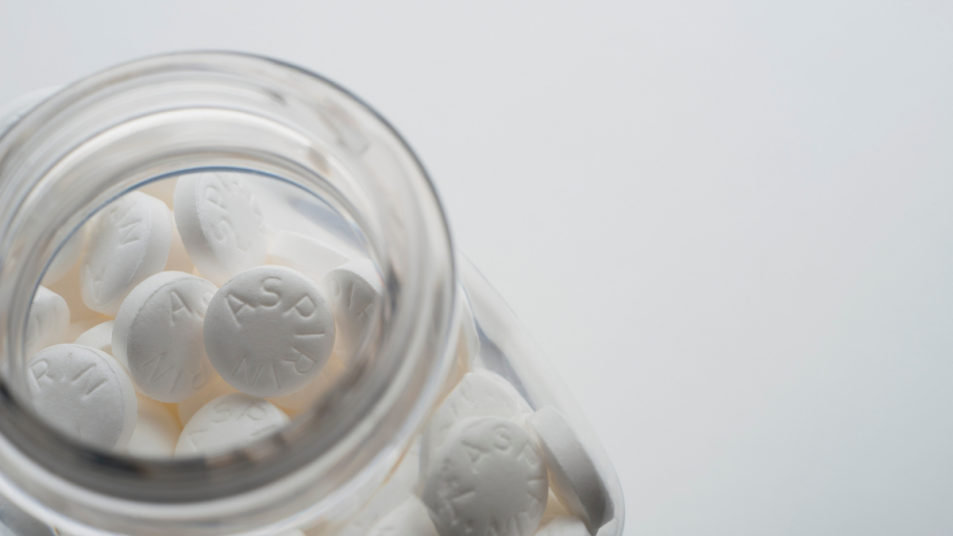These Ingredients Found in Everyday Products May Raise Your Risk of Breast Cancer

When you think about breast cancer prevention, your mind most likely turns to going to routine mammograms and regularly doing self-exams to look for lumps. However, recent research shows that prevention may need to include taking a closer look at some of the ingredients in the products you use every single day, as you might not even realize they’re increasing your breast cancer risk over time.
In a review for Environmental Health Perspectives, scientists examined over 2,000 chemicals listed in the Environmental Protection Agency’s Toxicity Forecaster, which finds potential health hazards from common chemicals. In looking at individual cell cultures, they discovered that 296 of them contain increased amounts of the hormone estradiol, which is a type of estrogen, and progesterone, another critical female sex hormone. Previous research has shown that an uptick in these two hormones can increase the risk of breast cancer, and the fact that many products that women are using on a daily basis could contain both warrants more attention.
While researchers haven’t released a complete list of specific products or brands that have these chemicals in them, there were a few key ingredients they have an eye on and that consumers should look out for when purchasing items.
- A compound called 1,2-Diphenylhydrazine (a mouthful to say!) is common in dyes, medications (including aspirin), and hydrogen peroxide.
- Malathion is a common insecticide ingredient used to kill bugs.
- Oxyfluorfen is an herbicide found in lots of agriculture production.
Scientists concluded that plenty more research needs to be done that looks into how much exposure to these compounds affects women’s breast cancer risk over time. “The role of environmental pollutants in breast carcinogenesis is particularly poorly understood, yet there are understandable public concerns about the role of broad, low-level exposure to environmental pollutants,” explained Dr. Lauren Teras, PhD, the scientific director of epidemiology research at the American Cancer Society.
While they continue to do more work, the scientists’ overall message is that consumers should pay more attention to how the items they’re using could inadvertently be harmful, and they hope consumers go a more all-natural route when possible. For example, can your traditional chemical hair dyes be swapped for ammonia-free ones? Have you considered buying organic produce at the grocery store if you’re able to over ones that may have pesticides?
You don’t have to sound the alarm quite yet, but the more aware you are of what you’re putting in your body, the better!
















